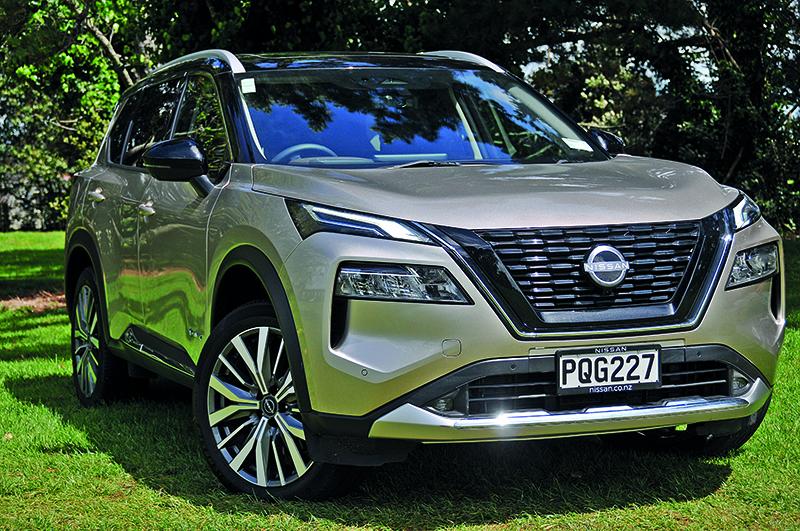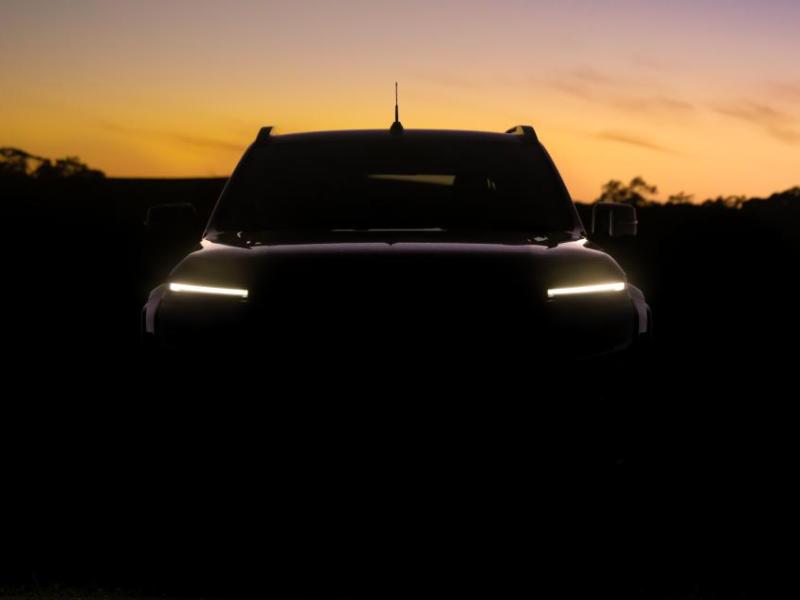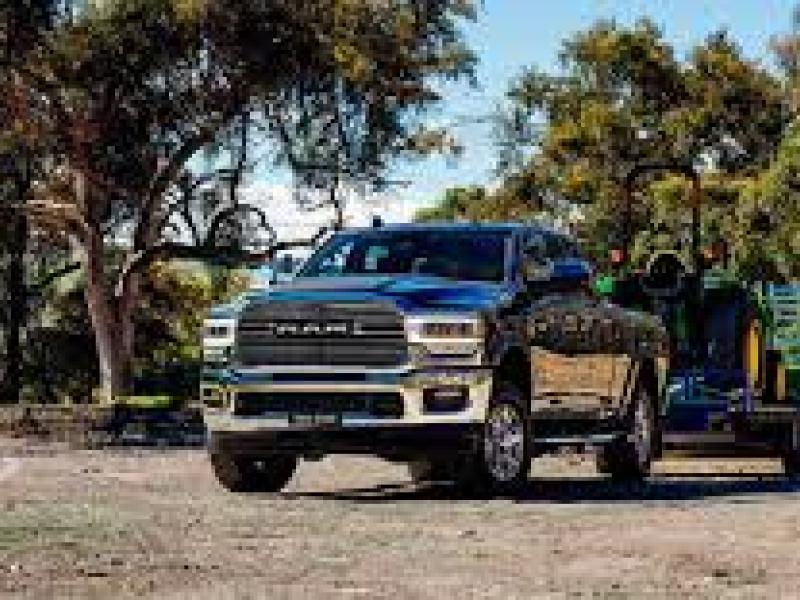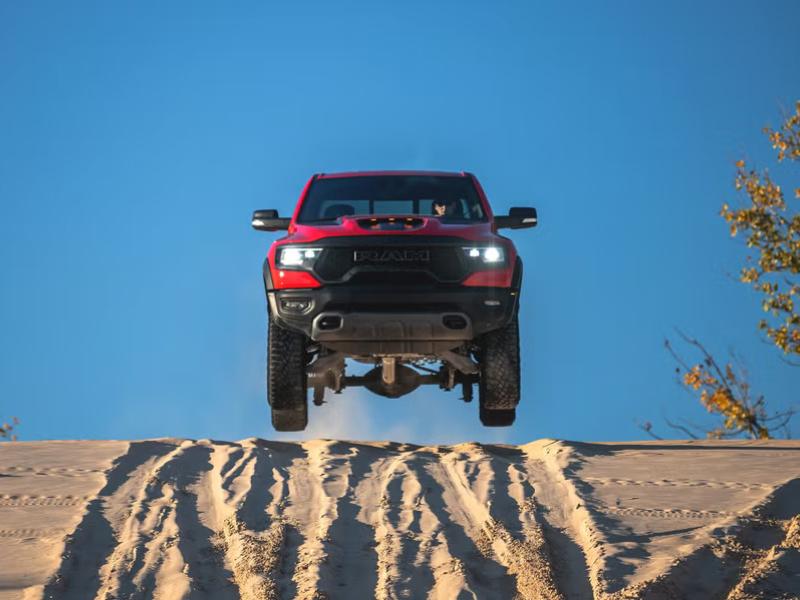There’s a new wave of hybrid SUVs sweeping into the market. While utes remain the most popular vehicles in New Zealand, SUVs are close behind in the sales stats every month and there is far more choice in the SUV categories.
The new wave is all about vehicles that give the strong impression they were designed specifically as hybrids, where earlier offerings were clearly add-ons.
The ePower version of the new X-Trail is a poster-child for the new wave.
NZ4WD drove the regular petrol-powered version early in 2023 and found it capable though not necessarily a class-leader. The new sheetmetal is appealing and modern, and as an urban SUV the X-Trail is definitely fit for purpose.
Stepping into the ePower later in the year was a revelation.
The e-Power takes a step toward pure EV technology, decoupling the petrol engine from the drivetrain and using it to run pure electric drive. There’s one big difference from an EV though: owners won’t be sitting in a supermarket car park waiting to use a charge station or watching battery charge bars slip toward zero while they are 100km from a charge station.
For those who thought there was only one way to do ‘hybrid’, this system is an eye-opener. While Toyota’s hybrid system uses petrol and electric power in tandem, Nissan’s ePower delivers real-world economy and emissions gains with the “high-performance driving experience of an all-electric car”.
The e-Power variants use their 1.5-litre three-cylinder petrol engine as a generator, keeping a small 1.8kWh lithium-ion battery topped up to run dual electric motors, one at each axle (150kW/330Nm up front and 100kW/195Nm at the rear). With most of the effort up front, this is not an oversteering SUV.
Torque is on tap as soon as the accelerator pedal is used, creating a seamless push of acceleration. There are no gear shifts.
This is not a PHEV either, so there’s no need to plug it in after a day of driving.
Range anxiety, too, is no issue. EV, PHEV, or ePower? The X-Trail may just be the ideal drivetrain.
Fuel efficiency takes a decent step down from the X-Trail 2.5 AWD, which is rated at 8.7L/100km. The e-Power AWD has more power and torque than the bigger-engined ICE-only version thanks to its electric motors, and is rated at 6.8L/100km.
We recorded a best of 5.4L/100km driving out east of Auckland; this included some gentle fun on rocky beaches and hard-packed dirt roads.
In urban running we were (of course) above the official figure, getting 7.2-7.3l/100. All in all, impressive for a vehicle that weighs just over 1,900kg.
The battery is smaller than that on a PHEV or other hybrid, but still takes the vehicle’s weight up from 1672kg (2.5 ICE engine X-Trail) to just over 1,900kg. Most of the battery is under the rear seats and within the wheelbase so it doesn’t adversely affect handling.
How does the Nissan X-Trail e-Power drive? It’s uncannily close to EV levels of refinement. Smooth, quiet, a relaxed drive that starts in battery mode and adds the petrol engine as energy demand increases. Noise from the engine is minimal after it first kicks in. The ePower is almost a second quicker 0-100km/h than the 2.5-litre petrol version.
The single-speed automatic transmission allows for the kind of immediate, effortless acceleration that would normally be found in a full-electric car.
There are a range of drive modes but we found all-up it’s at its best in the Auto drive mode.
The new X-Trail gains width (20mm) and height (15mm). This is a major factor in its handling and roadholding. It travels on 20-inch aluminium alloy wheels and the tyres are low profile, a strong hint of its intended use.
It’s shorter than before by 10mm (4,680mm) running on the same 2,705mm wheelbase. That means reduced overhangs for off-roading. Ground clearance is 205mm.
The new chassis is shared with Outlander and Qashqai.
Big families might have to look elsewhere, as the ePower is only available as a five-seater – but who among the rest of the motoring population is going to need (or miss) the extra row of seats? The upside is great legroom for all five passengers and decent luggage space – up to 575 litres of it.
Access to rear seats is easy thanks to doors that open super-wide, and with no front-rear driveshaft to accommodate the floor if people-mover flat. Leg room is variable because the rear seats have rails and can slide forward or back.
For those who like an airy-feeling interior, the standard sunroof is a huge panorama roof.
In terms of design and styling, the new X-Trail’s interior takes a decent step forward from the outgoing model. There’s quilted leather upholstery, a large 12.3-inch info screen that is touch-enabled, a ten-speaker sound system, a three-zone climate air system, a heated steering wheel and an extensive safety equipment list. Every X-Trail is fitted with seven airbags, including dual frontal, side chest-protecting and side head-protecting airbags, plus a centre airbag for front-seat occupants.
The Nissan X-Trail Ti-L e-Power is incredibly well served in terms of active safety features: autonomous emergency braking (AEB) with pedestrian and cyclist detection, a rear-cross traffic alert, rear parking sensors, adaptive cruise control, blind-spot monitoring, lane-departure monitoring, tyre pressure monitoring, traffic-sign recognition and a driver attention alert.
It adds ‘over and above’ features like junction assist on the AEB, front parking sensors in addition to the rear sensors, and active lane-keeping and blind-spot monitoring systems that can intervene in the event of a potential accident.
Nissan’s ProPilot system is also included on the top-spec Ti-L, combining active cruise control with lane-keeping assist to keep you centred in your lane and a safe distance from the car in front. This is a useful and effective remedy for the monotony of longer drives and works well in all traffic conditions.
There’s another 12.3-inch display in front of the driver that has masses of information available, and a heads-up display that projects key info onto the windscreen.
Front-seat storage is ample, with two cupholders, large bottle holders in the doors, a segmented centre console storage compartment with a butterfly-opening lid and a wireless phone charger.
The centre console is a floating design similar to those seen in Volvo SUVs that allows for a sizable under-console storage space.
Rear side windows have built-in sunshade screens and the rear door and cargo-area side windows are in privacy glass.
Another touch that will be appreciated by those with young families: the back seat folds in a 40:20:40 split, still allowing for long load storage and even boot access through the middle of the backrest even with two child seats installed. The boot has a retractable fabric cargo blind, a 12-volt outlet and four tie-down points.
Verdict: Nissan has produced a little ripper. This is what the X-Trail was always intended to be. It earned, and deserves our NZ4WD medium SUV of the Year award.






